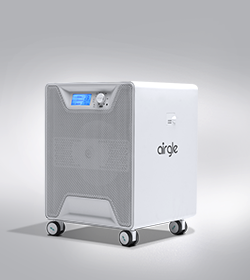Air Purification for Remediation
Indoor Air Quality (IAQ) is critical when working to combat damage of indoor spaces brought on by water incursion and/or microbial contamination. Dampness results from water incursion from internal sources such as leaking pipes or external sources like rainwater and flooding. It can become a serious problem when materials in buildings (e.g., rugs, walls, ceiling tiles) become wet for extended periods of time. Excessive moisture in the air and high relative humidity can also lead to excessive dampness. Sources of water incursion are often readily apparent (e.g., leaks in the roof or windows or a burst pipe). Dampness is less obvious when affected materials and water sources are difficult to identify.


Indoor dampness can cause or worsen health problems for building occupants because they can:
- Promote the growth of bacteria and mold.
- Attract insects such as cockroaches, rodents and dust mites.
- Cause the release of volatile organic compounds (VOCs) from wet building materials.
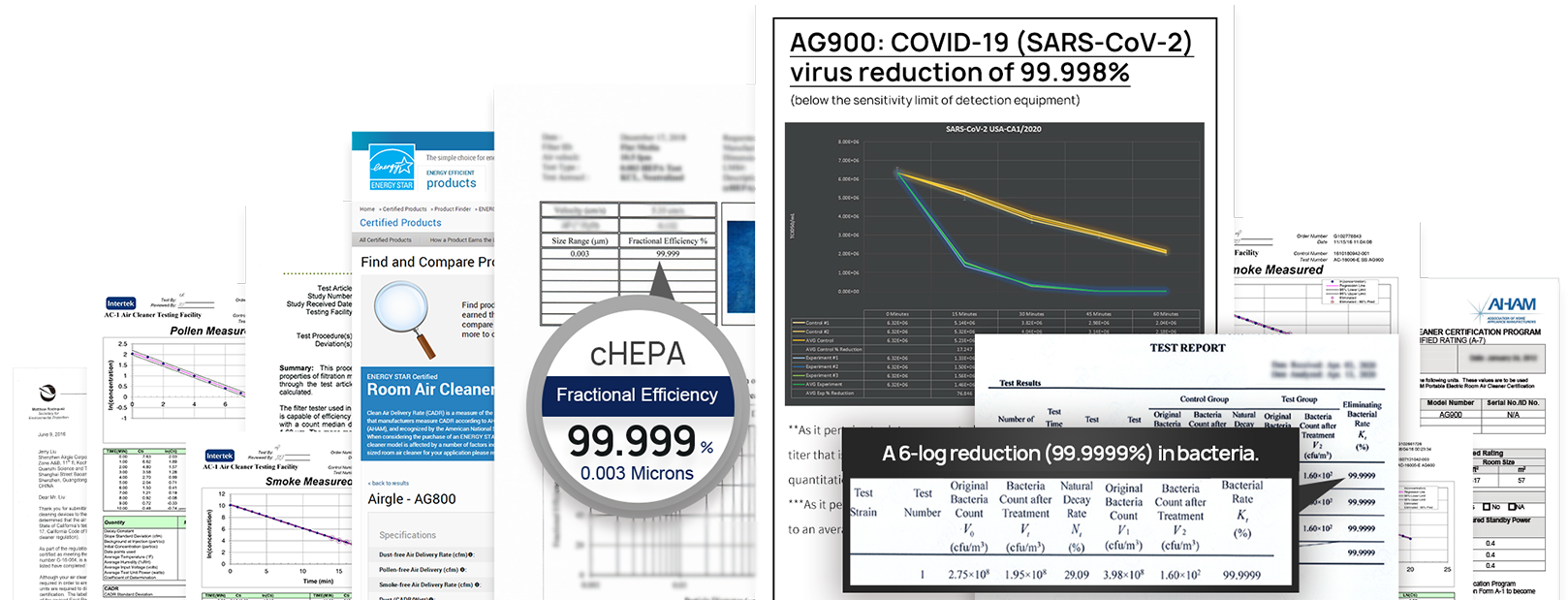

Since 1999, Airgle Corporation has been an industry leader, specializing in air purification solutions. Our air purification solutions are engineered to combat airborne pathogens, including COVID(CoV-2), ultra-fine particulates and VOCs in all indoor settings. Headquartered in New York, Airgle Corp. manufactures the only air purifiers possessing a cHEPA filter, with a capture threshold down to 0.003 microns and an ultraviolet titanium module, which neutralizes viruses, other pathogens and VOC’s with our photocatalytic oxidation technology.
Certification Authority
Highly recognized certifications, which Airgle systems have earned.

AHAM Association of Home Appliance Manufacturers
Airgle air purifiers have continuously passed AHAM testings for over 12 years.

ETL Electronic Safety Certification
Intertek, one of the world’s largest companies that specializes in consumer product testing, inspection and certification, has a worldwide reputation for its proven expertise, quality and integrity.

Energy Star Certification
A government program, launched by the US Department of Energy and the Environmental Protection Agency, aims to protect the environment and save energy.

CARB (California Air Resources Board)
The California State Government banned the sale of ozone-excessive air purifiers many years ago.

Airgle continues to establish ultra-purified, indoor air for the safety of all building occupants:
- Decreasing the exposure risk of airborne pathogens such as COVID (SARS-CoV-2), Influenza, RSV (respiratory syncytial virus) and other microbiological threats.
- Adsorbing and neutralizing VOCs (Volatile Organic Compounds), such as chemicals and gases, which are commonly found in buildings, which have suffered dampness or water damage.
- Capturing ultra-fine particulates, which can often remain airborne for hours or even days, such as dust, pollen, mold spores and other allergens.
Not addressing risks increases potential short and long term health problems by causing:
- Respiratory symptoms such as in nose, throat, lungs
- Development or worsening of asthma
- Hypersensitivity pneumonitis (a rare lung disease caused by an immune system response to breathing bacteria, fungi, organic dusts, and chemicals)
- Respiratory infections
- Allergic rhinitis (often called “hay fever”)
- Bronchitis
- Eczema
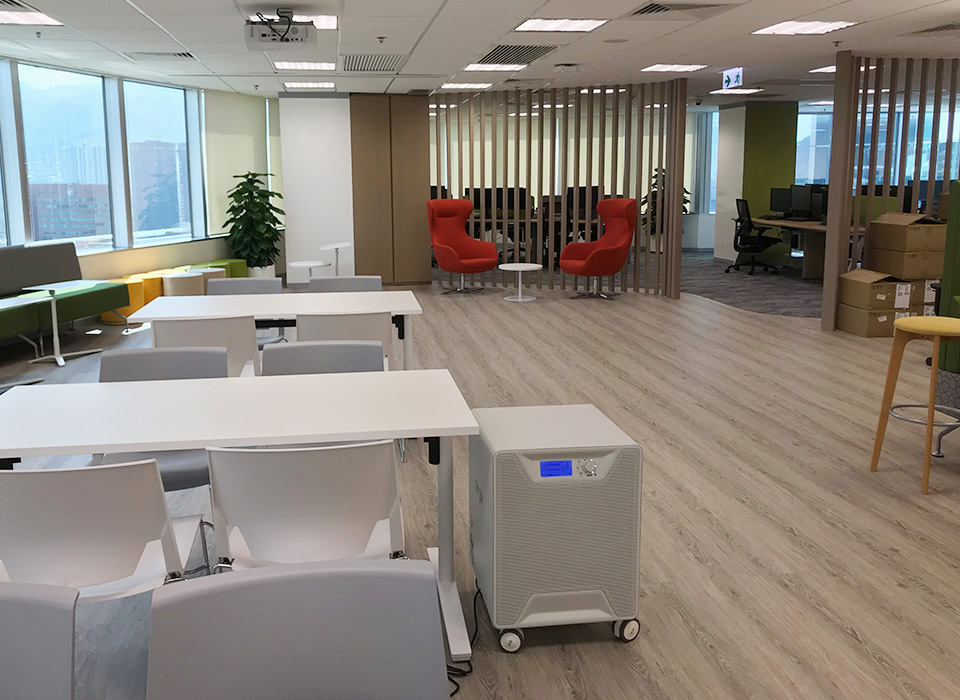

Outdoor Sources of Polluted Air
- Dust, soot, pollen, fungal spores
- Industrial emissions
- Vehicle emissions
- Loading docks
- Odors from dumpsters
- Unsanitary debris or building exhausts near outdoor air intakes
- Radon
- Pesticides
- Leakage from underground storage tanks
Building Equipment
- Microbiological growth in drip pans, ductwork, coils and humidifiers
- Improper venting of combustion products
- Dust or debris in ductwork
- Emissions from office equipment (volatile organic compounds, ozone)
- Emissions from shop, lab, and cleaning equipment
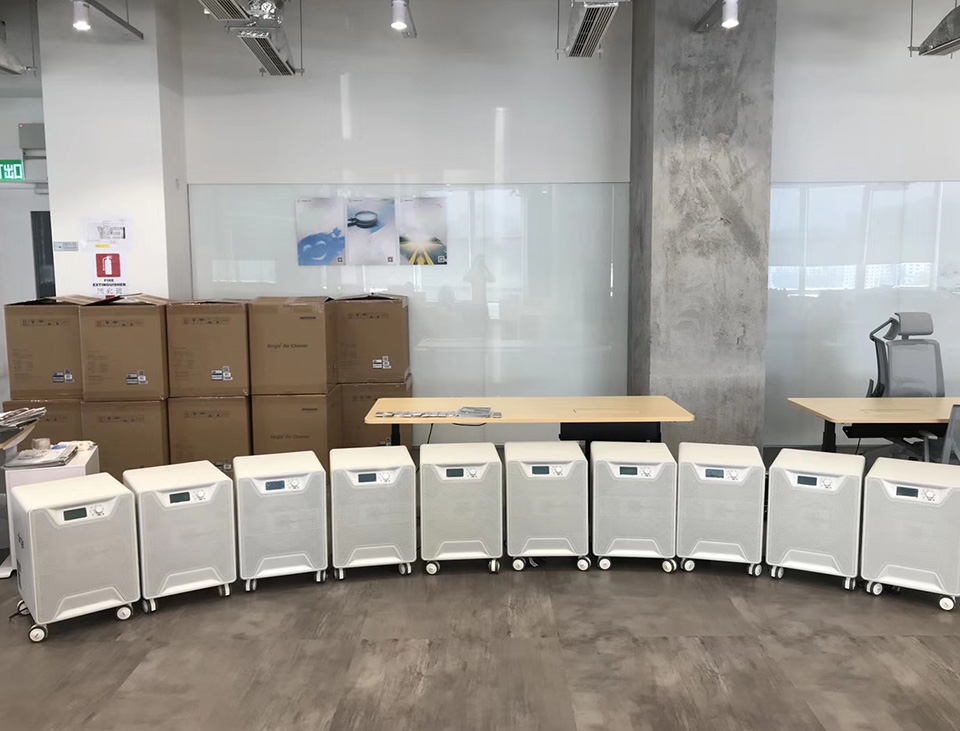
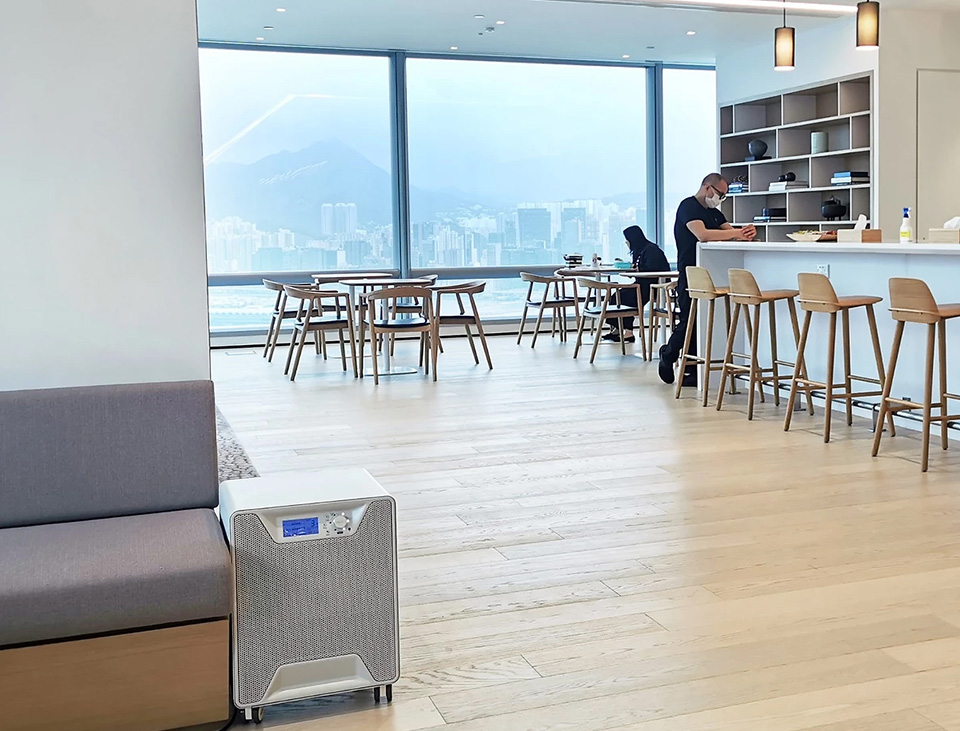
Components and Furnishings
- Microbiological growth on or in soiled or water damaged materials
- Materials containing volatile organic compounds, inorganic compounds or damaged asbestos
- Materials that produce particles (dust)
- Emissions from new furnishings and floorings




